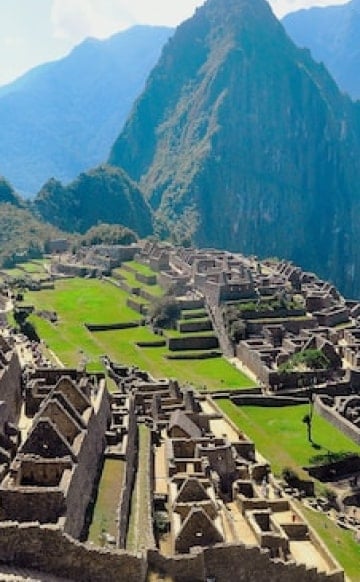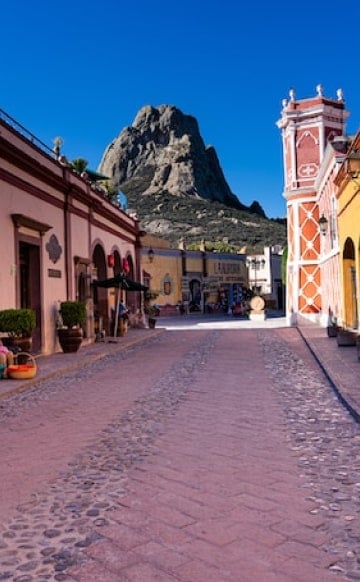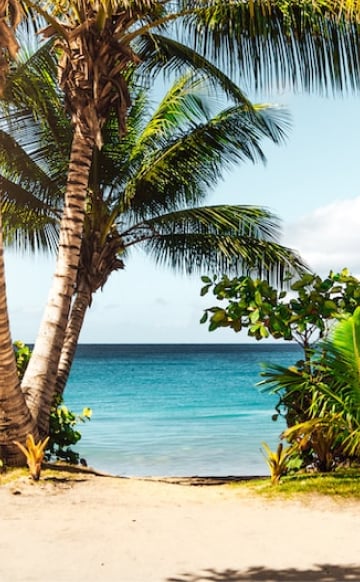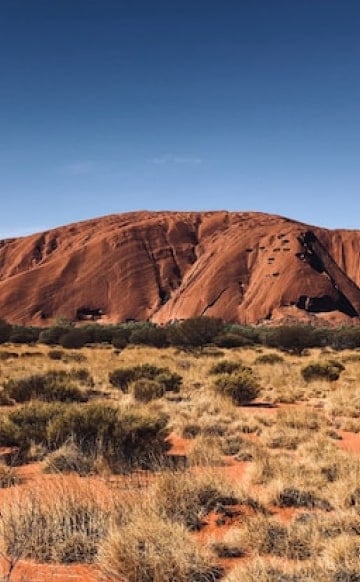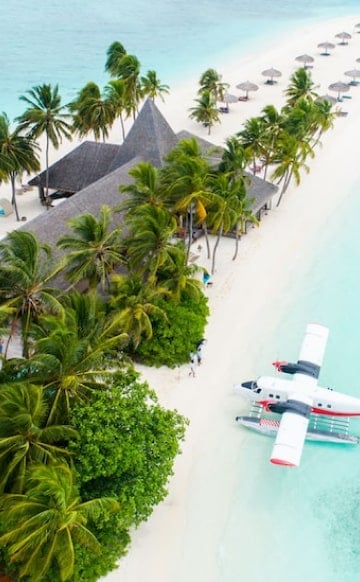Watching baby sea turtles hatch is an unforgettable and often emotional experience. The tiny creatures have to break through their eggs, struggle out of their nests and then make their way across the sand to the water. They face obstacles such as driftwood and footprints as well as predators like birds along the way. The ones who make it to adulthood have accomplished quite the feat as experts say only one of a thousand will survive over the long term. If you’d like to witness it firsthand, head to one of these great spots around the world.

Todos Santos, Baja California Sur, Mexico
Hundreds of baby sea turtles are released from sanctuaries along the beaches in Todos Santos and nearby Pescadero, just an hour’s drive along the Pacific coast from Cabo. In nature, not even half of the eggs typically hatch, but thanks to the effort of volunteers, about 80 percent hatch, giving each the one in a thousand odds of becoming an adult. Just before sunset each day, typically around 5 p.m., the tiny Pacific leatherbacks that come into the world are released as part of the process to save these endangered animals. As they crawl across the sand toward the ocean, experts assess their readiness, making sure they can move, crawl, get oriented to the water, swim, and come up for air as they swim away. Locals and visitors can watch or participate – donations are requested but not required.

Isle of Palms, South Carolina
When the baby sea turtles hatch on the Isle of Palms in South Carolina, making their way to the Atlantic, licensed groups of people help them along the journey and allow visitors to be a part of the crucial coastal conservation effort. It occurs here from May through mid-August, with the babies emerging from nests primarily at night though occasionally they head to the ocean during the day. The team works to identify and mark the nests before the hatchlings slowly take off, and then they help them get to the water safely, preventing birds like seagulls from catching them.

Tortuguero National Park, Costa Rica
Tortuguero, which translates to the “Land of Turtles,” is a national park that sits along the palm-lined Caribbean coast about 50 miles north of Port of Limon in Costa Rica. To reach it you’ll have to take a boat or catch a short flight from San Jose, but your reward is one of the western hemisphere’s most important nesting sites. Loggerhead, hawksbill and giant leatherback all inhabit the area and visitors can book a variety of turtle experiences here too. The Sea Turtle Conservancy group even offers volunteer adventures that may include the opportunity to watch them being released or take a guided walk to witness a sea turtle laying her eggs in the Archie Carr Refuge. Hatching season on the Caribbean coast is between July and October, and again from March to May.

Puerto Vallarta, Mexico
A number of communities along the Pacific coast of Mexico play an integral part in sea turtle conservation, including Puerto Vallarta where every year thousands of turtles come ashore to nest, laying tens of thousands of eggs. This popular resort town has one of the world’s most advanced sea turtle protection programs, with organizations like Campamento Tortuguero Boca de Tomates allowing visitors to watch hatchling releases. Some hotels, resorts and even restaurants host baby turtle releases here too which take place from about August through December during the annual turtle breeding season.

Padre Island, Texas
Located just off Texas’s Gulf Shore, the Padre Island National Seashore is home to a diverse group of sea turtles with five different species using the island and the surrounding waters for feeding and nesting. The only sea turtle research branch of the U.S. National Park Service is located here, with the team specializing in recovery, rehabilitation and protection of the animals as well as providing public viewings of the hatchling releases. Kemp’s ridley hatchling releases begin in late May or early June. Visitors may also want to check out Sea Turtle Inc. to learn more about the turtles, see them up close and even “adopt” an individual sea turtle and nest with proceeds going toward the center’s conservation programs.

Perhentian Islands, Malaysia
Green and hawksbill turtles arrive at the remote Perhentian Islands off Malaysia’s eastern coast every year to lay their eggs, with the soft sands providing a haven for them to land. As there are no lights on the beach, after sunset they feel safe enough to nest. The Perhentian Turtle Project helps to protect the newly laid turtle eggs, collecting and incubating them until they’re ready to be released back to sea, with peak release time in late July and August. There are volunteer opportunities for visitors to lend a hand as well.

Turtle Island, Borneo
Turtle Island, which lies just 25 miles north of Sandakan, is Borneo’s most famous spot to view turtles, with the beaches here visited every night of the year by two both green and hawksbill turtles. Turtle Island is actually made up of three islands, Selingaan, Little Bakkungan and Gulisaan, but the only one where visitors can watch the animals lay their eggs is Selingaan as the other two are closed to the public. You may be able to witness mothers laying their eggs, rangers collecting them and bringing them to the hatcher, and watch as the baby turtles are released into the water. The turtles lay their eggs throughout the year, but the best time to come is from July to September when the sea is calmer.

Kosgoda, Sri Lanka
Several species of sea turtles lay eggs along the west and south coasts of Sri Lanka, but the green turtle is the most common, followed by the olive ridley and the hawksbill. Visitors can volunteer with the Kosgoda Sea Turtle Conservation Project which has been running a critical hatchery in the area for over 30 years, helping to protect nesting grounds. The hatching season here is from November through May.

